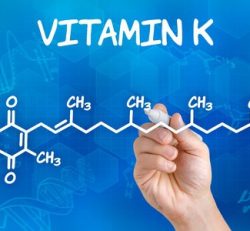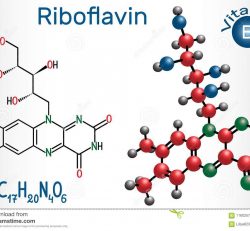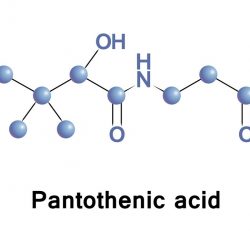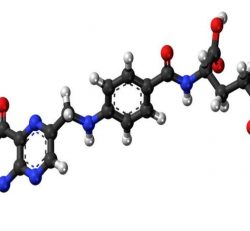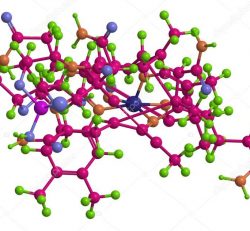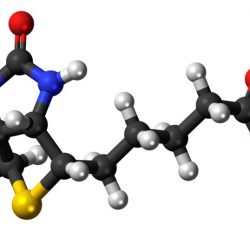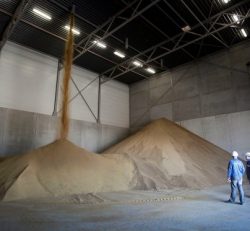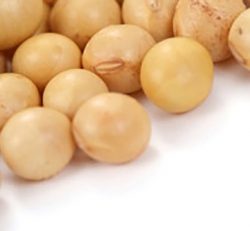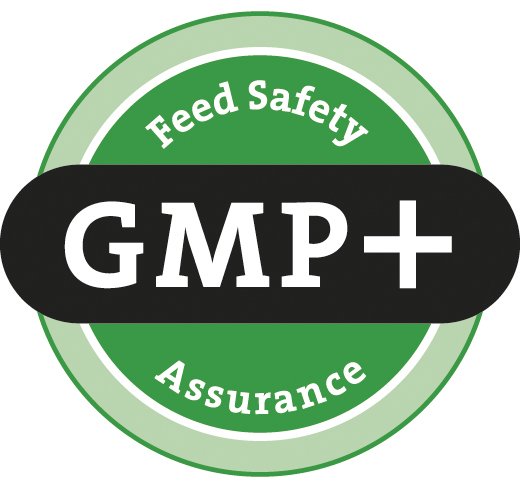MILK PRICE CUTS AND SHRINKING DAIRY HERD HITS FARMER CONFIDENCE
The UK dairy herd is likely to shrink further with fewer young cattle coming through and farmer confidence hit by recent price cuts.
Figures released by Defra show that the number of dairy cattle between the ages of one and two in England was down by 6.4 per cent at the beginning of December last year compared with the same point the previous year.
And data produced by the British Cattle Movement Service (BCMS) shows that in January this year the dairy herd was down by 1.4 per cent year-on-year – mainly as a result of falling number of heifers under two years old.
Chris Gooderham, lead analyst with AHDB Dairy, told FarmingUK that the fall in the numbers of young cattle was a consequence of the financial crisis in the dairy sector in 2015, when farmers staged high profile protests about the low prices being paid for their milk.
“We have recently got some insemination data that shows farmers chose beef inseminations rather than dairy,” he said.
“This was in 2015 in the midst of the financial downturn. There was quite a swing from using dairy to beef.”
Beef increase, dairy decrease
The insemination figures show that, as well as a move from dairy to beef inseminations, there was also a reduction in the proportion of sexed semen used in 2015.
Three years later, the result, says AHDB, is a reduction in the number of herd replacements coming into the herd, and an expected drop off in milk volumes as a result.
The figures from Defra were released as part of its livestock populations statistics for December 1, 2017. They showed that the total number of cattle and calves in England was 5.3 million – a small decrease of 0.2 per cent from almost 5.4 million in December 2016.
However, the statistics for young dairy cattle reveal significant falls.
The number of female dairy cattle between one and two years old was 326,000 – down from 348,000 the previous year. This was a reduction of 6.4 per cent.
At the same time, the number of young beef females was up by 3.8 per cent from 441,000 to 458,000.
“The Defra figures show an increase on the beef side and a reduction on the dairy side,” explained Chris Gooderham.
Smaller herds
AHDB says that, according to January 2018 BCMS data, the total dairy herd population was down by 1.4 per cent on the year.
The main driver, it said, was a reduction in the number of heifers under two years old, compared to the previous year.
This indicated a decrease in the number of cows coming into the milking herd, reducing potential herd replacements and adding further evidence of the impact on the UK dairy herd of insemination decisions made in 2015.
“The result will be a smaller dairy herd unless farmers counteract this by retaining some of the older animals for longer,” Mr Gooderham added.
“The 12 months average milk price has not been bad, which might have encouraged farmers to retain those older animals in the herd. But they have not been doing that. In the last few months there have been some reductions in prices, which seem to have knocked confidence again.”
‘Market forces’
At the end of February, dairy giant Muller has announced that it would reduce prices by 1.5 pence per litre in April – falling to 26.5 pence per litre.
This was on top of a one pence price cut for March. Rob Hutchison, Müller Milk supply director, said: “Market forces have been moving against farm gate milk prices throughout the UK and we therefore have to adjust our position.”
Farmer-owned First Milk also announced a price cut – a reduction of 1.25 pence per litre. Jim Baird, vice chairman and farmer director, said: “The weaker dairy market has impacted our revenue and we can only pay a milk price that relates to our returns.
“We know that this further milk price drop will be disappointing to our members and continue to do all we can to mitigate the market conditions.”
Chris Gooderham explained there was increased nervousness amongst dairy farmers about the state of the market and where it was likely to go.
“Unless something changes we expect to see the herd shrink. Whether this will be offset by improved yields remains to be seen but the recent weather has not been good.”
‘Farmers are nervous’
Mr Gooderham said that farmers may have been looking to turn their cattle out in late February or early March.
If that was delayed by the recent wintry weather, farmers may not have enough feed in stock to cover the delay and may have to buy more in. He wondered whether fields would be waterlogged as a result of the bad weather.
“A couple of months ago milk volumes had the potential to reach record levels, but we have not seen them increase. Farmers are nervous,” he said.
AHDB said that the BCMS data showed that, as well as a reduction in the number of young cattle, there had also been a reduction in the number of cows aged 48 to 66 months – down by 21,000 on the previous year.
“Most of this drop is a result of fewer 42-60 month old cows six months previous, but there has also been a reduction in the retention rate of this age bracket, for the fourth consecutive year,” said AHDB in its report.
It said the number of dairy cows aged between 24 to 48 months had increased compared to the previous year. This helped to partly counteract the other falls, as it encompassed the age profile in peak lactation.
But for the first time since December 2016 year-on-year overall milk production yield dropped in January 2018, although by a modest 0.2 per cent, it said.
Source: www.farminguk.com


